Zumthor wins “Nobel Prize of Architecture”
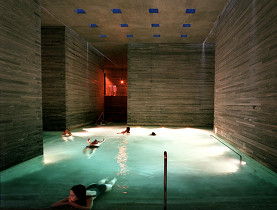
Swiss architect Peter Zumthor has won the 2009 Pritzker Architecture Prize, the most prestigious award in the field.
The Pritzker jury of architects, academics, writers and designers on Sunday praised Zumthor in their citation for his timeless structures that feed off the cultures in which they are built and show respect for their surroundings.
“His buildings have a commanding presence … showing us again and again that modesty in approach and boldness in overall result are not mutually exclusive,” the jurors wrote. “Humility resides alongside strength.”
The 65-year-old from Basel, acclaimed for the ambitious craftsmanship he applies to works of modest scale in often remote locations, joins Jean Nouvel, Frank Gehry and Zaha Hadid in receiving the honour in recognition of his varied works, which include chapels, museums, senior housing and a hot spring complex.
Zumthor, stands in contrast with the headline-grabbing “starchitects” who travel the world planning high-profile projects in major metropolises.
He maintains a small staff in his studio in the small Swiss town of Haldenstein, often turning down commissions and seeing his projects through from conception to completion.
“I’m an architect who works on the whole building himself,” Zumthor said from an Alpine hillside where he was planning the vegetable gardens for a pair of wooden houses he built.
“I hope this prize could give a lot of hope to young guys: they say ‘Zumthor is doing it, so we should be able to do this also, to do the whole building, not just deliver images or facades’,” he said.
“Luxury in architecture”
Among the dozens of projects mentioned by the Pritzker jury were the Kolumba Museum in Cologne, Germany, a modern building set in the ruins of a late gothic church destroyed in the Second World War, and the Thermal Baths in Vals, Switzerland, a maze of pools enclosed by concrete and stone mined from the surrounding hills.
“When you are there, it is extraordinary how this monumental stone work just dissolves in the pleasure of its many surprises,” architect and Rice University architecture professor Carlos Jimenez, a Pritzker juror, said of the baths.
“We are in a time of economic turmoil and I think Zumthor’s work reminds us that there is a luxury in architecture that can be found that has nothing to do with extravagant budgets and extravagant formal gestures,” Jimenez said.
Eric Owen Moss, director of the Southern California Institute of Architecture, said Zumthor’s work was an example of scaled-down architecture that sought to capture essential formal truths, much like Piet Mondrian and other earlier 20th-century modernist artists.
“He’s pursued something that probably goes back to people like Mondrian, the sense that you might get to the truth of the matter if you could get back to the essence of the matter,” Moss said.
Cabinet maker
Zumthor was born the son of a cabinet maker in Basel. He trained for five years as a cabinet maker before beginning his university studies that included time at New York’s Pratt Institute.
In 1979, after working as a building and planning consultant for the eastern Swiss canton of Graubünden, he established his own practice in Haldenstein, where he still works with a staff of 15.
Zumthor received the Praemium Imperiale from the Japan Art Association in 2008 and the University of Virginia’s Thomas Jefferson Foundation Medal in Architecture in 2006.
He became the second Pritzker laureate to be chosen from Switzerland after Jacques Herzog and Pierre de Meuron, who shared the prize in 2001.
A formal ceremony will be held in May in Buenos Aires, Argentina. Zumthor will receive a $100,000 (SFr115,000) grant and a bronze medallion.
Despite the accolades, Zumthor said he aimed to create buildings that become part of everyday life so that even people who don’t consider their architectural merit can enjoy them.
“A lot of people tell me: ‘I like to come back to your buildings and the more I look at them, the more I like them’,” he said. “I always had a hard time to deal with praise. But of course it’s nice and it keeps you going.”
swissinfo with agencies
1943 Born in Basel;
1958 trained as a cabinetmaker;
1963 Kunstgewerbeschule Basel, trained as a designer;
1966 Pratt Institute, New York, visiting student in architecture and design;
1968 architect in the Department for the Preservation of Monuments, Graubünden, Switzerland;
1978 lecturer, Zurich University, on the surveying and maintenance of vernacular townscapes;
1979 opens his own practice in Haldenstein, Graubünden;
since 1988 visiting professor in the US, Austria and Switzerland;
2000 Honorary Fellowship of the Royal Institute of British Architects.
Thermal Baths in Vals (Graubünden, Switzerland)
Sogn Benedetg church, Sumvitg (Graubünden)
Kunsthaus Bregenz (Austria)
Swiss Pavilion at Expo 2000, Topography of Terror documentation centre (Berlin, Germany, first prize in competition 1993, removed end of 2004)
Haus Zumthor, Haldenstein (Switzerland)
Kunstmuseum Kolumba (Cologne, Germany)

In compliance with the JTI standards
More: SWI swissinfo.ch certified by the Journalism Trust Initiative
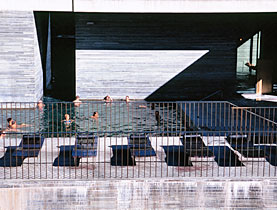
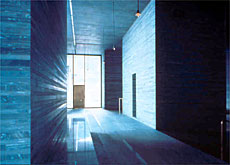
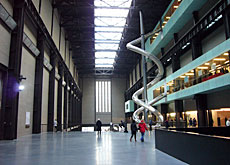
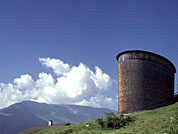

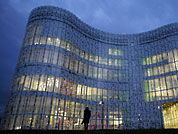
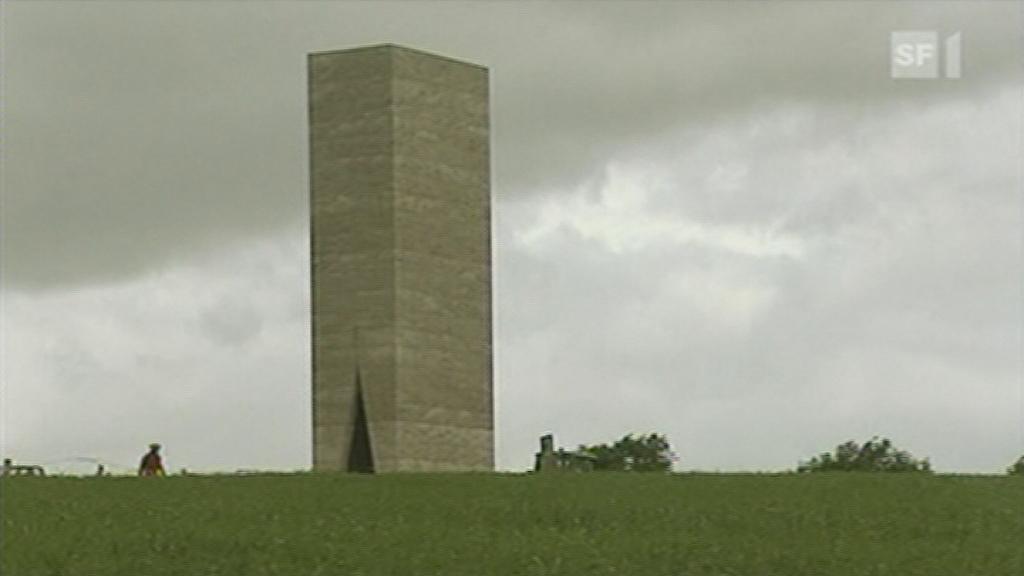
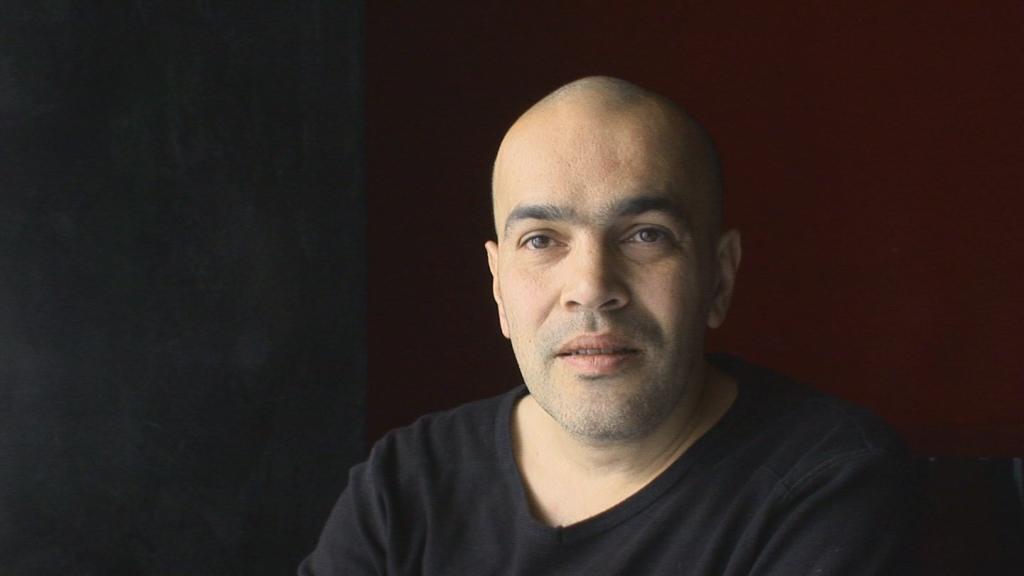
You can find an overview of ongoing debates with our journalists here. Please join us!
If you want to start a conversation about a topic raised in this article or want to report factual errors, email us at english@swissinfo.ch.